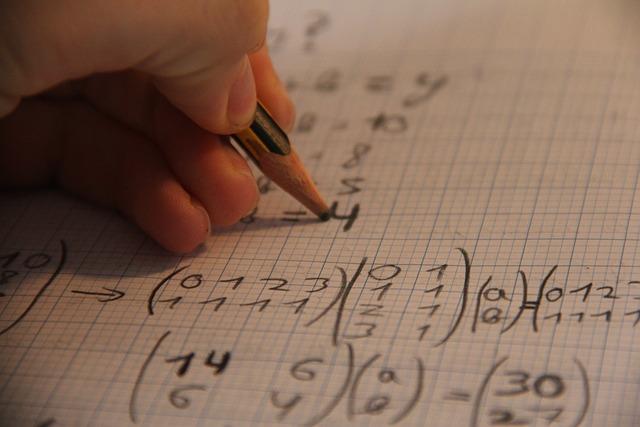Mathematics is a crucial component of human thinking and reasoning, and plays an essential role in comprehending the world and ourselves. It offers a valuable means of developing mental discipline and promoting logical reasoning and intellectual rigour. Moreover, possessing knowledge of mathematics is vital in comprehending other academic subjects like science, social studies, music, and art.
In order to excel in this subject, there are a few essential requirements. Firstly, you must possess a strong passion for the subject matter. This means having the motivation to tackle challenging problems and a desire to uncover solutions.
What motivated you to pursue mathematics in STPM? Are you passionate about mathematics? It is important to have a positive outlook on the subject to ace the subject. If you have set your mind that it is difficult, then it will be really challenging for you to overcome this feeling.
You must be self-sufficient. No one will dictate when you should study or cover particular chapters. Instead, you must create your own study schedule and adhere to it. If you would like to know how to prepare for the Maths exam, check out the tips to score in STPM Maths.
For students, particularly those who will be taking the STPM examinations, Mathematics is an extremely crucial subject. Achieving a high score in this subject is certainly a priority for most students. However, in addition to mastering the content, students must also learn to answer questions according to the established criteria and complete them within the given time frame.
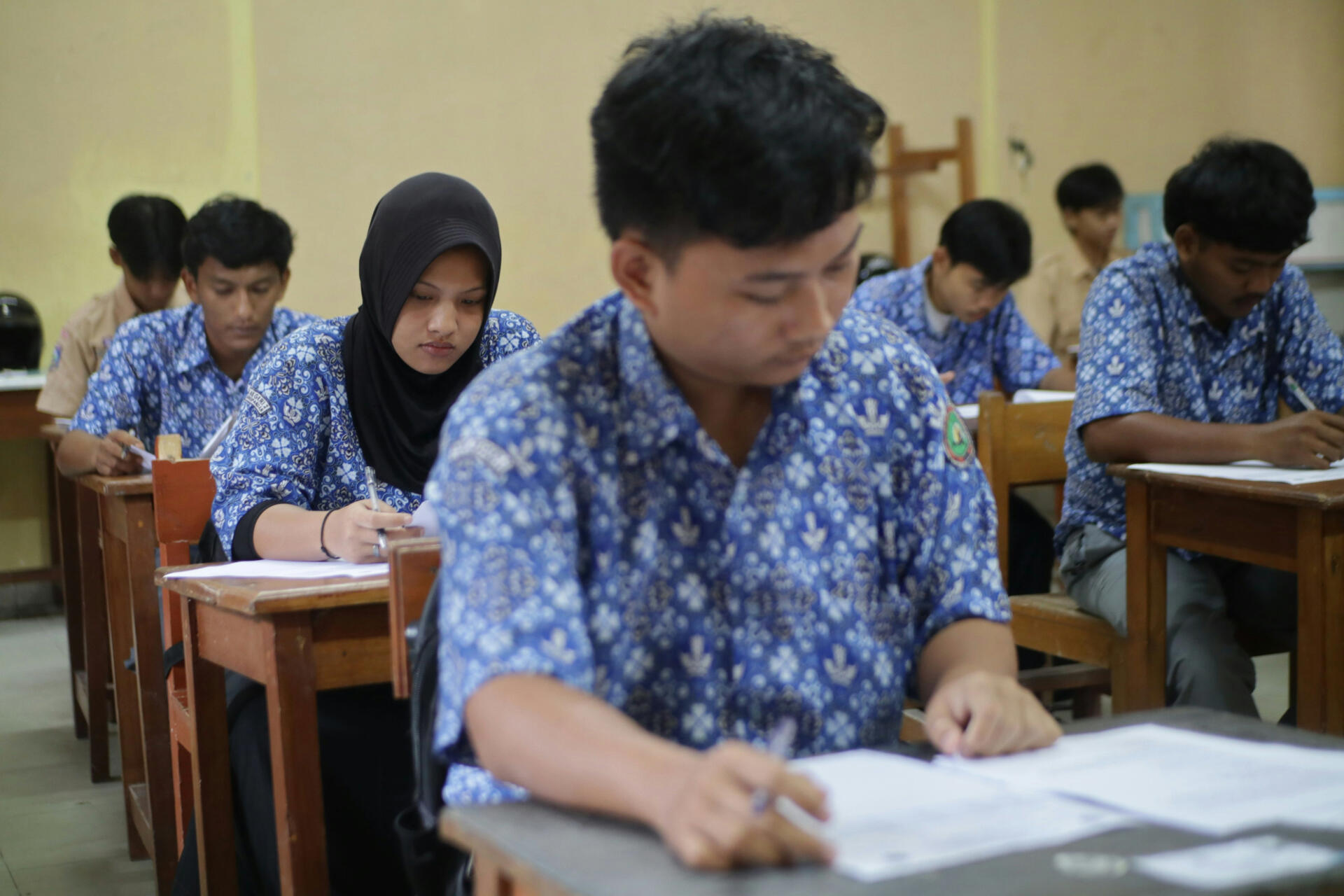

Mathematics T STPM Sem 1 Notes: Key Topics to Revise
Preparing for STPM Mathematics T in the first semester requires a clear understanding of the syllabus and the main areas that are commonly tested. Students in Malaysia often rely on well-organised notes and concise summaries to make their learning more effective. By revising each chapter systematically, one can gain confidence in solving any question that appears in the exam. The aim is not just to memorise, but to determine methods, apply concepts, and secure higher marks in each paper.
To help you revise, here are some key topics that form the foundation of the first semester:
Key Topics and Explanations
- Functions and Graphs: Understanding different functions is central to STPM maths. Students should know how the values of a function change over a defined interval and how to represent them in proper form. Graphing also helps to determine the behaviour of continuous and defined functions, which is essential for higher-level problems.
- Equations and Inequalities: Mastering both simple and complex equations is crucial. This includes linear and quadratic equation forms as well as trigonometric equations involving sin and cos. Students are expected to solve problems step by step and provide clear solutions that match the required marks allocation in the paper.
- Differentiation and Derivatives: Differentiation is a vital mathematical skill taught early in the term. Students must understand how to find the derivative of a function, use rules of differentiation, and apply them to determine slopes, maxima, and minima. Applications may also involve real-life modelling where a solution is required to solve a problem within a given interval.
- Limits and Continuity: The concept of limit (or lim) plays a significant role in maths. It introduces how a function behaves as it approaches a point, which is directly linked to continuous functions. This concept underpins many solutions in calculus, and students must practise sample problems to ensure accuracy in their solutions.
STPM has been under a modular system with term assessments since 2012, replacing the old terminal exam system. Results now combine school-based assessment (SBA) and centralised exams—making student performance more balanced across time.
- Series and Sequences: The series chapter helps students calculate the value of sums in arithmetic and geometric progressions. Being able to determine the terms of a series is essential, as many questions in this section carry significant marks. Teachers often provide specimen and sample tasks that highlight how solutions should be written in the right form to meet exam standards.
- Matrices and Linear Algebra: A firm grasp of matrices is required, especially operations such as addition, multiplication, and finding inverses. Students should also connect this to linear systems of equations. By practising sample and specimen paper questions, learners become more confident in writing the correct solutions and securing full marks in this chapter.
- Probability and Statistics: The probability section introduces concepts of chance and expected outcomes. This chapter is practical and often related to real-world examples. Students should use formulas properly, apply solutions clearly, and avoid careless mistakes that cost valuable marks. Understanding how to determine outcomes is especially important in examinations where precise values are required.
Supporting Resources
Many students rely on PDF versions of specimen papers or reference guides to reinforce their learning. Working with solutions provided in sample questions helps them compare their answers with the correct form. Teachers also encourage practising repeated problems to strengthen retention, but learners must focus on understanding the process rather than just memorising the solution. In some cases, explanations may even be provided with bilingual notes to ensure clarity for students across Malaysia.
Success in STPM Mathematics T lies in systematic revision of each chapter, coupled with regular practice of sample and specimen questions. By working through different functions, equations, and matrices, students gradually build confidence in applying mathematical concepts.
More importantly, engaging with the syllabus fully prepares them to handle every section of the examination. For those interested in exploring STPM in detail, understanding how the broader structure of the programme works can also help shape a more effective study plan. With consistent effort and the right approach, each term becomes an opportunity to strengthen skills and aim for higher marks.

Mathematics M STPM Sem 1 Notes: Key Topics to Revise
The syllabus for Mathematics M in STPM Semester 1 focuses on core principles that combine logical thinking with practical applications. Malaysian students often prepare with notes and reference guides to ensure that they fully understand each chapter. Success in this subject depends on being able to determine correct methods, apply formulas carefully, and express the right solution in every paper. As questions are designed to test reasoning skills, accuracy, and clear steps matter as much as the final value.
Organising revision around the essential topics is an efficient way to prepare. Below are the key areas that every student should review in detail.
Key Topics and Explanations
- Algebraic Functions and Relations: In this section, students explore functions and their properties. Recognising how values are defined within an interval and being able to plot their behaviour is crucial. The ability to interpret how one function relates to another is part of the mathematical reasoning expected in the exam. Regular practice with sample and specimen tasks helps learners to build confidence in approaching each question.
- Trigonometric Concepts: This part of the chapter focuses on identities and solving equations involving sin, cos, and other trigonometric functions. Students must solve problems step by step and clearly show how they arrived at the solution. Examiners usually award marks for correct methods, not only the final value, so clarity is essential. For Malaysian learners, understanding these equations in both English and explanations given in Malay terms can help reinforce comprehension.
- Calculus Foundations: One of the central ideas is the limit (lim) and the concept of continuous functions. Knowing how to evaluate the limit of a function and apply differentiation rules is important. By working through worked examples, students begin to see how a derivative can be used to determine rates of change in real contexts. Teachers often remind learners that providing solutions in proper form secures higher marks on the paper.
Students may select up to five STPM subjects, but in public university admissions, only the top four—including General Studies—are considered.
- Matrices and Linear Systems: The topic of matrices introduces problem-solving techniques for systems of linear equations. Mastery of this chapter involves performing operations correctly and being able to apply them to structured problems. Many sample exercises in PDF format allow students to practise repeatedly until they no longer make careless mistakes. Consistent learning through these specimen problems ensures that learners know how to present their solutions step by step.
- Series and Progressions: Students are expected to work with arithmetic and geometric series, identifying how to find a term or value within a sequence. This section requires accuracy because a small error can affect the final solution. Teachers recommend using clear methods that determine each step, as partial marks are often given even when the final value is not correct. Practising with sample papers helps familiarise students with the structure of these questions.
- Probability and Applications: This chapter is about assessing likelihoods and interpreting outcomes. Malaysian students often find it engaging because it relates to real situations in daily life. Questions usually require a student to solve problems with precision and to provide the solution in the correct form. By working through specimen examples, learners strengthen their ability to apply mathematical reasoning consistently.
Supporting Approach
To achieve reliable progress, students should not only read notes but also practise writing full solutions. Revising chapter by chapter, using PDF resources, and tackling repeated problems ensures retention. It is also helpful to use bilingual guides, as terms such as “dengan” or “dan” may appear in explanations to aid understanding for Malaysian learners. This approach makes the subject less intimidating and more practical.
Preparing for Mathematics M in Semester 1 requires a systematic focus on every chapter. By working on functions, equations, matrices, and series, students build strong foundations to handle the structure of any paper.
Each section of the syllabus demands precision, yet consistent effort allows learners to solve problems with greater ease. Those seeking varied study tools might find it worthwhile to explore some amazing sources for STPM revision, which provide a wider pool of practice material. With disciplined learning and the right resources, Malaysian students can maximise their potential and achieve higher marks in this challenging subject.
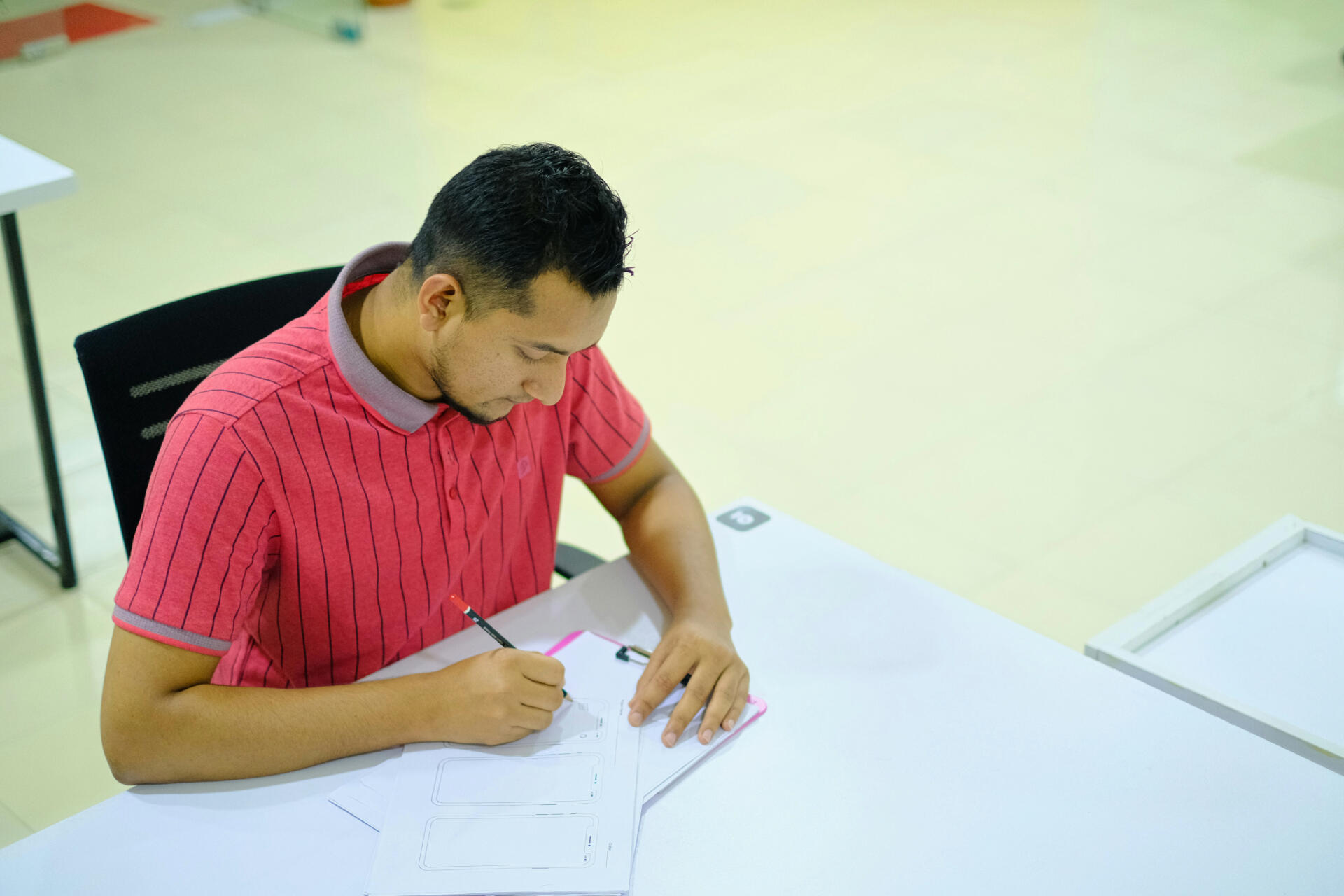

STPM Maths T Trial Papers vs Past Year Papers: What’s the Difference?
When preparing for STPM, students often encounter both trial papers and past year papers. At first glance, they may seem similar since both are designed to test knowledge and problem-solving skills. However, each serves a different purpose, and understanding these differences helps students revise more effectively. For Malaysian learners, knowing when and how to use them can make revision more structured and less overwhelming.
Trial papers are usually prepared by schools, teachers, or state-level education committees. They are meant to give students practice before the real exam. Past year papers, on the other hand, are official exam papers set by the Malaysian Examinations Council. While both test the same subject content, they differ in structure, difficulty, and intention.
Key Differences Explained
- Source and Authority: Trial papers are created at the school or regional level, often reflecting the priorities of local teachers. They are helpful, but do not always match the style of the official exam. Past year papers, however, come directly from the national examination body and represent the actual standard required. Using both allows students to balance between local guidance and national expectations.
- Purpose of the Paper: Trial papers are designed to expose students to possible formats and scenarios before the real test. They help teachers identify weak areas and give students a chance to improve in advance. Past year papers are records of what was officially asked, serving as a reliable guide to recurring patterns and the depth of knowledge required.
- Level of Difficulty: Many students in Malaysia feel that trial papers are often more challenging than the real examination. Teachers sometimes make them harder to encourage deeper preparation. Past year papers, while demanding, reflect the exact balance of difficulty set by the exam council. Comparing both gives learners a realistic view of their readiness.
STPM is recognised globally, acting as Malaysia’s equivalent to the British A-Level. It is accepted by universities in the UK, Australia, Germany, the US, and more.
- Coverage of Topics: Trial papers may place extra emphasis on chapters recently taught or areas where teachers expect questions to appear. This sometimes leads to a narrower focus. Past year papers, however, cover the subject according to the complete examination framework. Revising both ensures that students do not miss important topics.
- Predictability and Trends: Students often use past year papers to spot trends, such as how certain topics are framed or how often they appear. This helps them anticipate possible questions. Trial papers, however, are less predictable since they are crafted with different priorities. Working on both types ensures flexibility and reduces over-reliance on a single approach.
- Marking Style and Feedback: Trial papers usually come with marking schemes created by teachers, which can vary in detail. This feedback is useful for immediate improvement. Past year papers, in contrast, follow strict marking schemes from the examination board. Practising with them shows students how answers are expected to be presented at the national level.
Practical Use for Malaysian Students
Most teachers in Malaysia recommend using trial papers first, as they provide room for mistakes and allow time to strengthen weaker areas. Once confidence is built, past year papers can then be attempted under timed conditions to simulate the real exam environment. This gradual approach makes revision more manageable and less stressful.
Trial papers and past year papers both play essential roles in preparing for STPM Mathematics T. Trial papers challenge students and highlight weak areas, while past year papers provide a direct insight into official standards. Using them together ensures balanced preparation, where practice meets accuracy. By understanding the distinction, Malaysian students can build stronger revision strategies and may also benefit from exploring different revision techniques for STPM that complement their practice. This way, they approach the exam with greater confidence and adaptability.
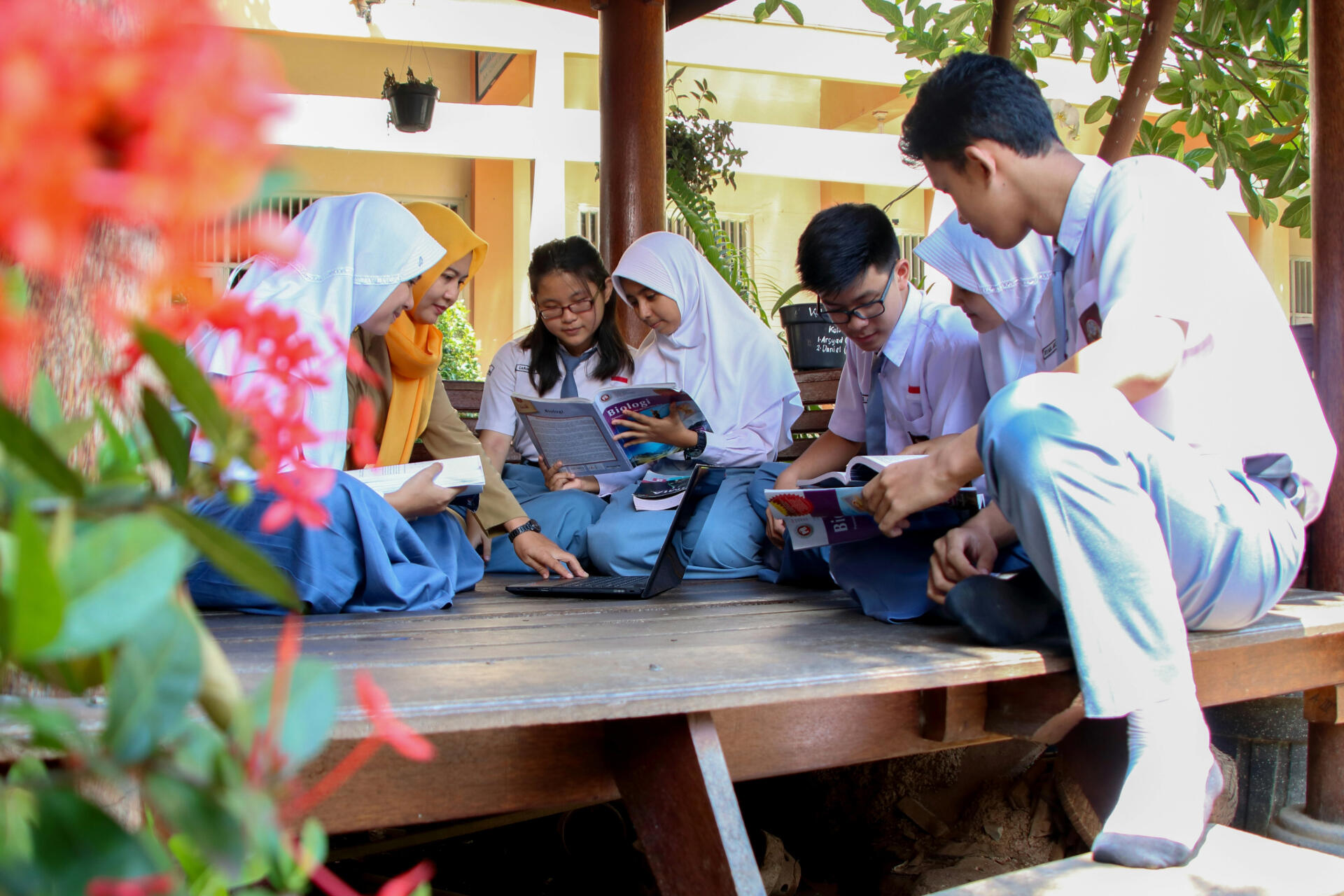
Benefits of Attempting Past Year Papers
Preparing for the STPM maths exam can be a challenging task, and students need to take advantage of all the resources available to help them succeed. One of the most valuable resources for students studying mathematics is past year papers. By using past year papers as a study tool, students can reap numerous benefits that can help them excel in their mathematics exams.
Firstly, using past year papers allows students to get familiar with the exam format and structure. Every exam has its own unique format and structure, and understanding it can give students an advantage. By practising with past year papers, students can become accustomed to the types of questions that are commonly asked, the time limits for each section, and the overall structure of the exam. This familiarity can help reduce exam anxiety and give students a sense of confidence and control.
Secondly, past year papers can help students identify the topics they need to focus on more. By practising with past year papers, students can identify the topics that they are confident in and those that require more attention. This helps students to prioritise their study time and focus on the areas where they need the most improvement. Consequently, students are less likely to waste time reviewing topics they already know well and can direct their efforts towards the areas where they need to improve.
Past year papers can help students develop their time-management skills. Exams often have time limits that students need to adhere to, and practising with past year papers helps students to learn how to manage their time more effectively. Students can practice completing each section within the allotted time, which can help them develop strategies to maximise their time and answer all the questions within the time limit.
STPM results include both SBA (20–40%) and centralised exams (60–80%). Students can also re-sit terms to improve their grades, with retakes typically held during the third term.
Furthermore, using past year papers can help students develop their problem-solving skills. Mathematics exams often require students to solve problems in a particular way, and practising with past year papers can help students to become familiar with the types of problems that are likely to appear in the exam. By solving these problems repeatedly, students can improve their problem-solving skills, gain confidence, and perform better in the exam.
By practising with past year papers, students can get an idea of the level of difficulty of the exam and can adjust their study techniques accordingly. If they find the exam too challenging, they can focus on more difficult topics and practice more. Alternatively, if they find the exam too easy, they can work on more advanced topics to challenge themselves.
Lastly, past year papers can help students identify their weaknesses and strengths. By practising with past year papers, students can identify the topics they are struggling with and those they are good at. This can help students to adjust their study plan and focus on the topics that need more attention. Additionally, students can use their strengths to their advantage by focusing on those topics during the exam and ensuring that they perform well in those areas.
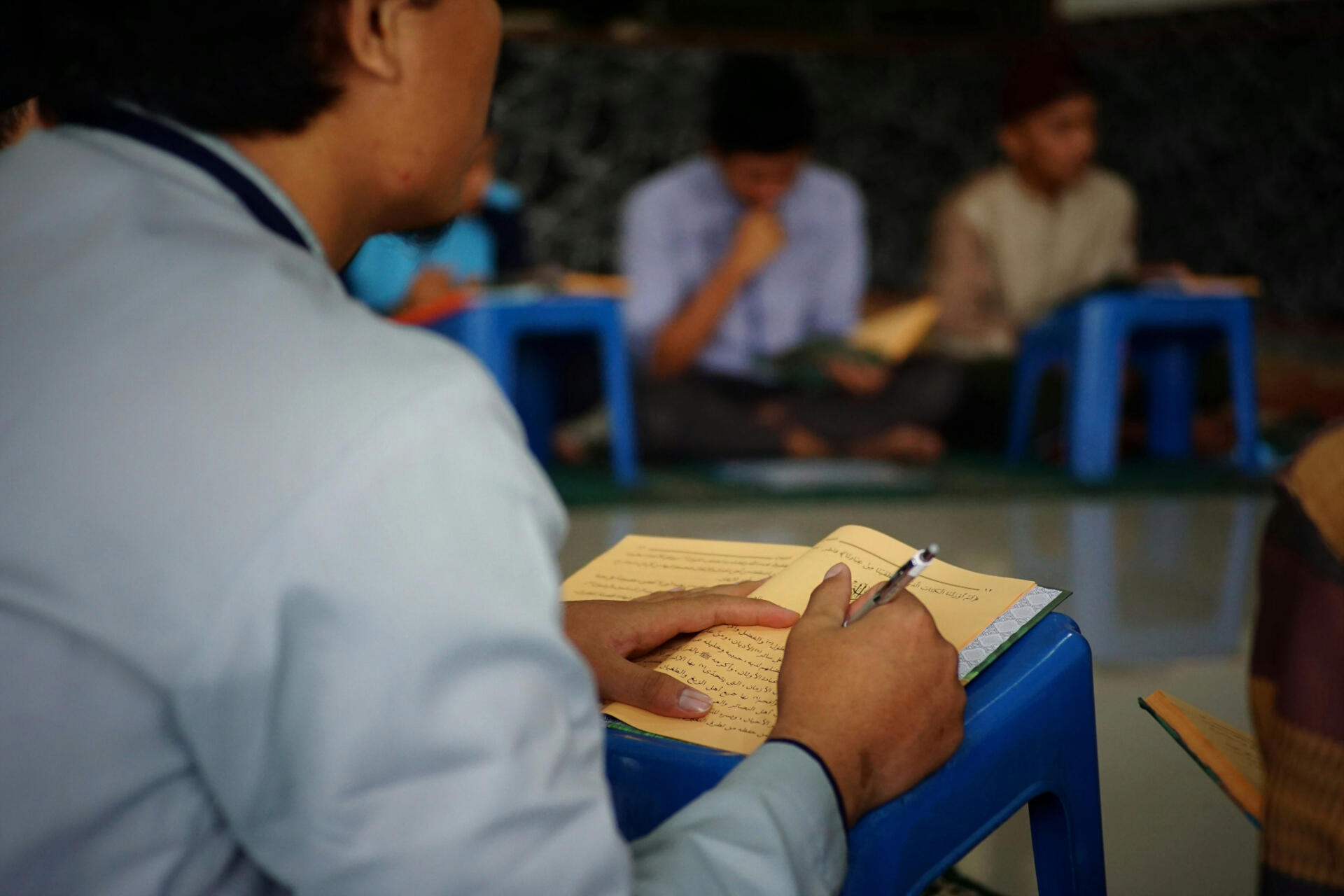
Where to Find STPM Maths Reference Papers?
KK Lee Mathematics Blog is a website dedicated to providing students and teachers with high-quality resources and materials to improve their understanding and performance in mathematics. The blog covers a wide range of topics, including algebra, geometry, calculus, and statistics, as well as tips and strategies for studying and mastering mathematical concepts.
The blog's author, KK Lee, is an experienced mathematics educator with over 20 years of teaching experience. He shares his expertise and insights through detailed explanations, examples, and step-by-step instructions, making even the most complex topics accessible and easy to understand.
The website also includes STPM Maths questions on different topics alongside their step-by-step solutions.
If you find self-learning to be isolating and distracting, and are struggling with a challenging concept, we suggest hiring a private Mathematics tutor. With a tutor, you can receive personalised instruction at your own pace and benefit from undivided attention during each session.

Why are Students Afraid of STPM Examinations
Following the completion of SPM, numerous students are uncertain about continuing their studies and contemplate the quickest route to obtain a degree, whether it be through Matriculation, Form 6, Diploma, or Foundation courses. However, many students express concerns that STPM is a challenging option and obtaining good results may not necessarily guarantee employment opportunities.
Since there are quite a number of options for students to choose from, they often get stressed and confused. All of the options mentioned above have pros and cons. It all depends on your future goals. Do you want to pursue tertiary education in a public university? Are you aiming for a specific scholarship from an overseas institution? Is your aim to join a private university in Malaysia? These are the questions that will determine your direction.
Many SPM graduates are usually reluctant to pursue STPM because they feel that it is very challenging. Is it true, though? Let's examine the facts about STPM.
Did you know that many Form Six teachers are STPM graduates and that in 2013, STPM was restructured as part of the MOE's Malaysian Education Development Plan? Despite its reputation for being challenging, many university students are actually Form Six graduates who performed poorly in SPM but excelled in STPM.
Compared to matriculation, diploma and foundation programmes, the entry criteria for STPM are less stringent. Students who performed poorly can even submit an appeal and be considered for admission into Form 6.
Form 6 is a programme that spans one and a half years and is divided into three terms. Upon completion, students can pursue degree courses in public or private universities.
The Malaysian Examinations Council (MPM) maintains the quality of STPM through continued collaboration with Cambridge Assessment, ensuring international standards are upheld.
STPM is a cost-effective option for students from government schools as it does not charge any fees. Despite the challenges and steep learning curve, pursuing STPM is a worthwhile investment.
Superprof provides a tutoring experience that is both flexible and effective. To find a Maths tutor, simply visit the Superprof Malaysia homepage and begin searching for tutors in your area. You can easily filter your search based on various criteria, such as the tutor's qualifications, teaching experience, teaching style, mode of teaching, and hourly rates, by reviewing their profiles.
For example, if you are seeking a Maths tutor who is located in Shah Alam and charges an hourly rate of RM50 or less, you can specify this information in the search box and filtering tabs. The system will then identify a pool of Maths tutors in the specified area who offer lessons within your desired price range.
This allows you to make an informed decision about the tutor who is the best fit for your learning needs, taking into account factors such as teaching style, hourly rate, and location.
Superprof tutors offer both in-person and online tutoring to fit your learning style and schedule. Before your first STPM maths lesson, you can discuss your learning expectations with your chosen tutor and finalise payment details through the inbox feature on their profile. Overall, finding a maths tutor with Superprof is a convenient, easy, and safe process.

